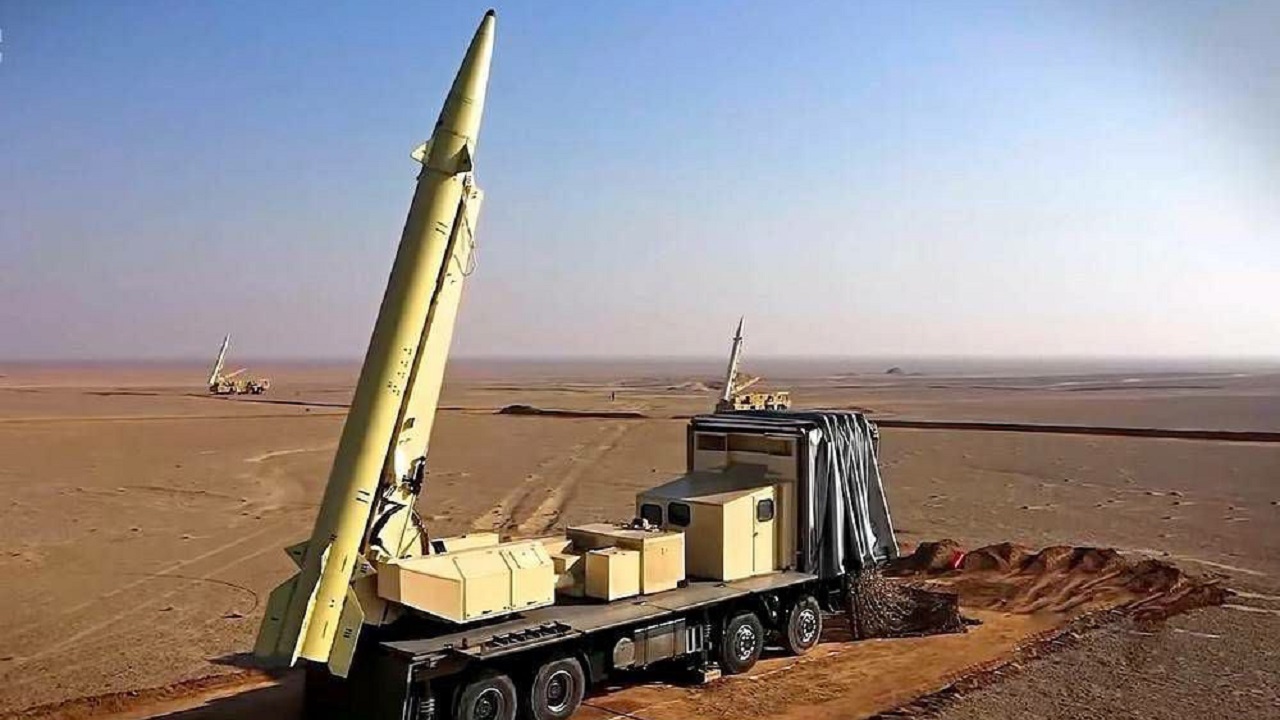Russia wants more drones and missiles from Iran. Will it happen? On the morning of Oct. 17, dozens of kamikaze drones came buzzing down on the Ukrainian capital of Kyiv and the port city of Mykolaiv. While Ukraine claims it shot down most of the drones – 37 of them, or 85% – those that got through ignited sunflower oil tanks in Mykolaiv and killed at least four people in an apartment building in Kyiv.
This latest attack by the slow, noisy, and cheap Iranian-built Shahed-136 and Shahed-131 drones seems to confirm that Russia plans to use the Iranian weapons to sustain strategic bombardment of Ukrainian cities and infrastructure. The drones are standing in for Russia’s depleted inventory of cruise and ballistic missiles. The Kremlin’s aim is to terrorize civilians and damage Ukraine’s economy and energy infrastructure.
Iran first delivered hundreds of Shaheds in July, alongside reusable, missile-armed combat drones. Last week, Ukrainian President Volodymyr Zelensky cited intelligence sources claiming Russia is buying 2,400 more Shahed-136s.
Russia Wants Drones and Missiles from Iran
Mid-October reports also suggest Russia seeks to acquire even more destructive weapons: two types of ballistic missiles, and larger drones.
According to the Washington Post, foreign intelligence officials claim Iranian negotiators arrived in Russia on Sept. 18 to work out the details of new transfers of Fateh-110 and Zolfaghar ballistic missiles.
Concurrently, multiple sources, including the blog of prominent Russian nationalist Boris Rozhin, claim Moscow has also ordered from Iran the Arash-2, a bigger kamikaze drone. These posts vaguely cite “Iranian sources,” so for now such transfers are unconfirmed.
Russia’s Missile Shortage
Russia used up most of its ballistic and cruise missiles during the first nine months of its war in Ukraine — and it can only build a few more of each type every month. The Kremlin wants to hold on to its remaining missiles, which are estimated to number around 600, so it has them at hand in case of a conflict with NATO. It has therefore turned to sub-par substitutes to sustain long-range strikes.
Russia started by using S-300 air-to-air missiles and Kh-22 and Bastion anti-ship missiles to attack ground targets. Then Russia turned to the kamikaze drones imported from Iran. The slow, noisy drones aren’t too hard to shoot down — but they cost a fraction of the alternatives, at supposedly $20,000 apiece.
Still, the Shaheds have a small warhead – possibly 79 lbs. Their ability to accurately strike targets when subject to GPS jamming is debatable too. These shortcomings might push Moscow to acquire more powerful munitions.
Fateh-110
While Iran has a dizzying variety of ballistic missiles in various states of deployment, the solid-fuel Fateh-110 missile is arguably its most important. Since tests in 2001, Iran has built four successive generations (dubbed the -110A through -110D by Western observers), each with greater range and/or precision.
The latest Fateh-110D and the preceding Fateh-110C have a maximum declared range of 186 miles. They benefit from GLONASS/BEIDOU-targeting and higher-quality laser-gyro inertial guidance systems. The missile, which has a 1,433-lb warhead, might fall on average within 15 meters of a designated target.
In 2018, Iran used Fateh missiles to carry out a highly precise strike on a Kurdish political headquarters in Iraq, killing 19. The longer range Fateh-313 model was reportedly used to bombard a U.S. airbase in Iraq in 2020.
Zolfaghar
The larger Zolfaghar missile, which uses a lightweight wound-filament airframe, has a substantial range boost to 434 miles and can optionally carry 30 cluster submunitions.
Supposedly just as precise as the Fateh-110, the Zolfaghar demonstrated very poor accuracy when striking ISIS forces in Mayadeen, Syria in 2018. If its performance there is any indication, it may be mostly suited for use as a terror weapon for indiscriminate strikes on civilian targets.
Iran has developed the longer-range Dezful missile based on the Zolfaghar, so it may be more willing to sell off inventory of the latter system.
Both the Fateh-110 and Zolfaghar are truck-mobile, and they can be launched on relatively short notice since they use solid fuel. That could make them challenging to hunt down and destroy.
Arash-2
The Arash-2’s existence was only revealed this year, on Sept. 13. It is billed by an Iranian general as “specially designed” to strike Haifa and Tel Aviv in Israel. Its predecessor, the missile-like Arash-1 (or Kian-1) was unveiled in 2015 but has rarely been seen. Unlike the Shahed-136, the Arash-2 has yet to see combat testing, according to Iranian sources.
The new Arash-2 has twice the wingspan of the original model. Different sources report that it can fly either 666 miles, or 1,242 miles. Supposedly the Arash-2 can be equipped with optical/infrared, TV-guidance, or radar-homing seeker, which could be useful for targeting Ukrainian air defenses. An odd claim that the drone “recovers itself several times” may imply that it can make multiple passes, perhaps even returning to base, until it positively identifies a target.
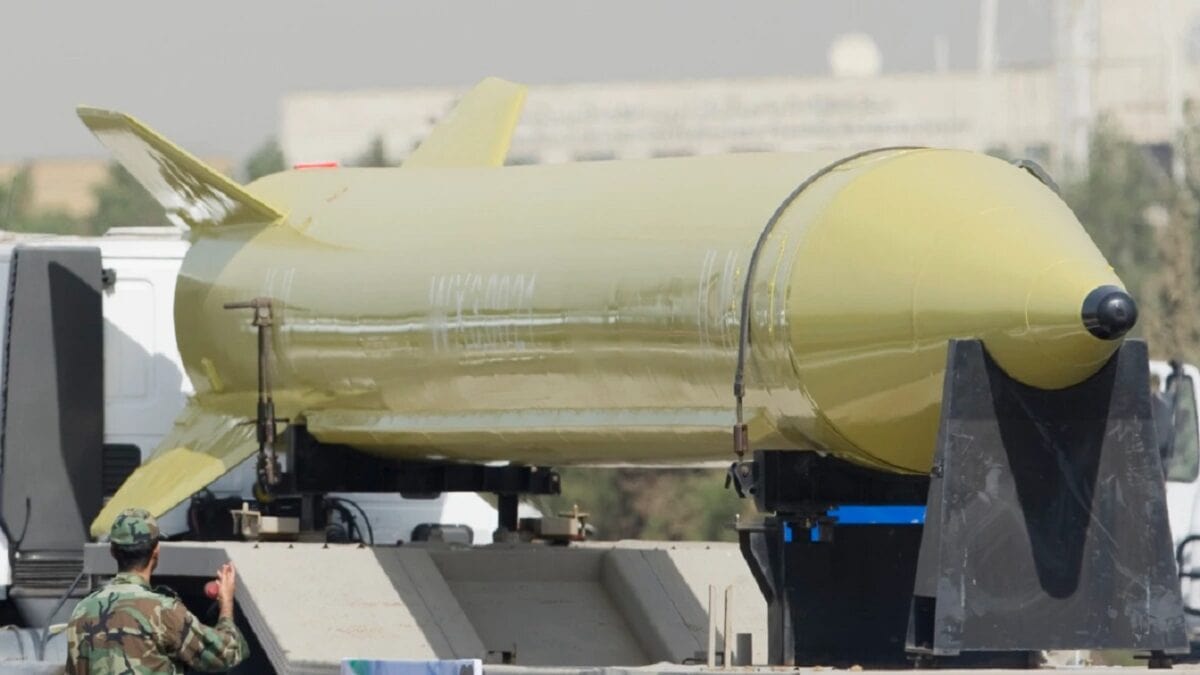
Iranian Ballistic Missile. Image Credit: Creative Commons.
However, the default model may rely on GPS navigation backed by INS to cruise toward its target.
There is little overall data on the Arash’s performance, and what is there is often inconsistent. Even its propulsion system is unclear. While described as a jet-powered drone, variants pictured have a visible pusher propeller. Some sources claim there are both jet- and pusher-propeller variants of the Arash-2, presumably with substantially different performance characteristics, such as claimed speeds of 124 miles per hour or 250 mph.
Some sources claim the Arash-2 may have a much larger warhead than the Shahed — possibly up to 600 pounds. If true, this could make even low-accuracy strikes far more destructive and lethal.
Ukraine’s Air Defense Options
Ukrainian defenses routinely report destroying the majority of Shaheds and cruise missiles launched at them, but both are deployed in large waves, too numerous for all of them to be shot down. These small, low-flying weapons can be relatively difficult to track at long distances. Thus, Ukraine’s short-range air defenses, including portable air defense missiles and rapid-firing autocannons, have knocked out many of the drones.
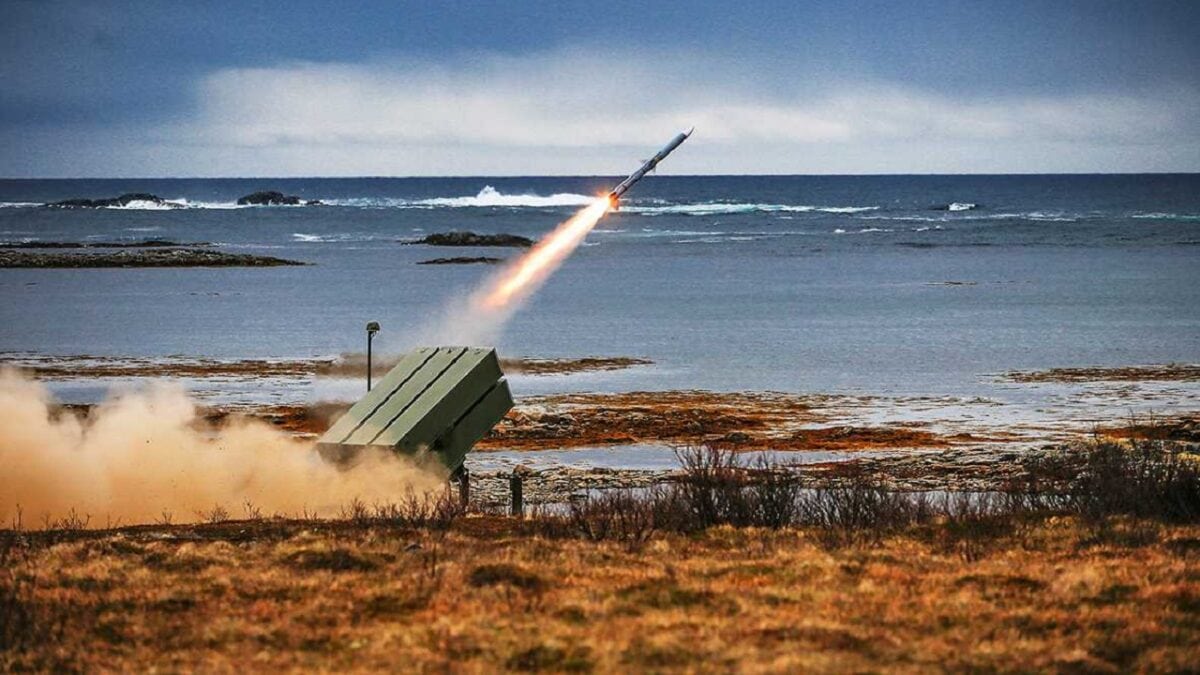
NASAMS launch. Image Credit: Industry Handout.
Even Ukrainian fighters are shooting drones and missiles, though not apparently without risk. A Ukrainian MiG-29 pilot known as Vadym is credited with destroying five Shaheds and two cruise missiles in the skies around Vinnytsia. Unfortunately, his fighter was lost conducting an intercept — perhaps caught in the blast of the slow-moving drones — though he safely ejected.
Jamming the satellite navigation signals the drones rely upon may be the most cost-effective defense — a technique that may also work against the Arash. Ukraine’s incoming IRIS-T and NASAMs air defense systems should also be effective against drones, though at an uncomfortably high cost per shot.
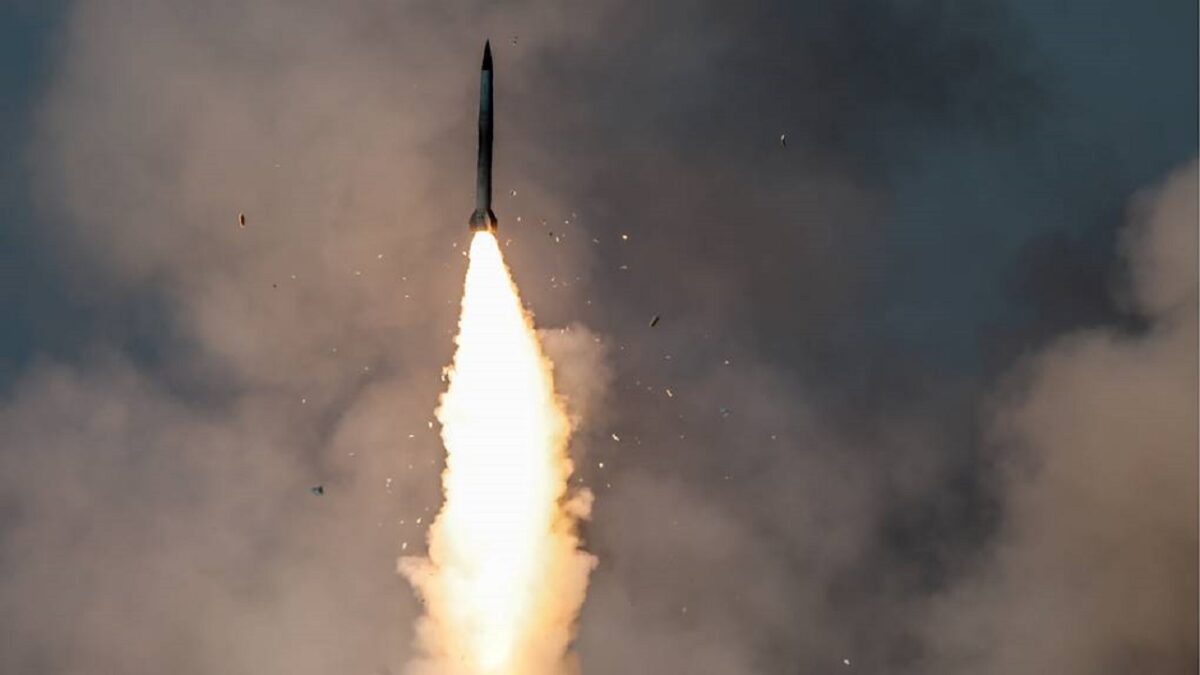
S-300 Missile Firing. Image Credit: Russian Military.
However, due to the ballistic missiles’ Mach-3-plus speeds and their high-altitude arcing trajectory, only Ukraine’s higher-end air defenses — the Buk, S-300P, and especially S-300V – have a realistic shot at downing Fateh-110s and Zolfaghars.
The Israel Factor
Russia might yet turn to Iran for additional types of Iranian drones and missiles, such as the Kaman-22 and FOTROS UCAVs or the Qiam ballistic missiles. It might even purchase Iran’s comparatively obscure Ya’ali, Hoveyzeh and Soumar cruise missile systems. (Some of these are derived from the Soviet Kh-55 missile, which Iran obtained from Ukraine in 2005.)
However, Moscow’s hunger for Iranian standoff strike weapons may encounter practical limits. Tehran may opt to maintain its own strategic reserves. Iranian industry might also struggle to smuggle in sanctioned microelectronic and propulsion components and rapidly manufacture new and replacement weapons. Finally, Tehran may fall under international pressure to break course. Officially, Iran denies its sales to Russia, despite crashed drones being plainly of Iranian origin.
Besides further worsening chances to strike a new nuclear deal with the United States, Iran’s exports could also chip away at Israel’s stance of neutrality toward Russia. The Israelis may fear Russia is paying for these weapons with “arms-in-kind” or technology transfers that will enhance Tehran’s military posture versus Israel.
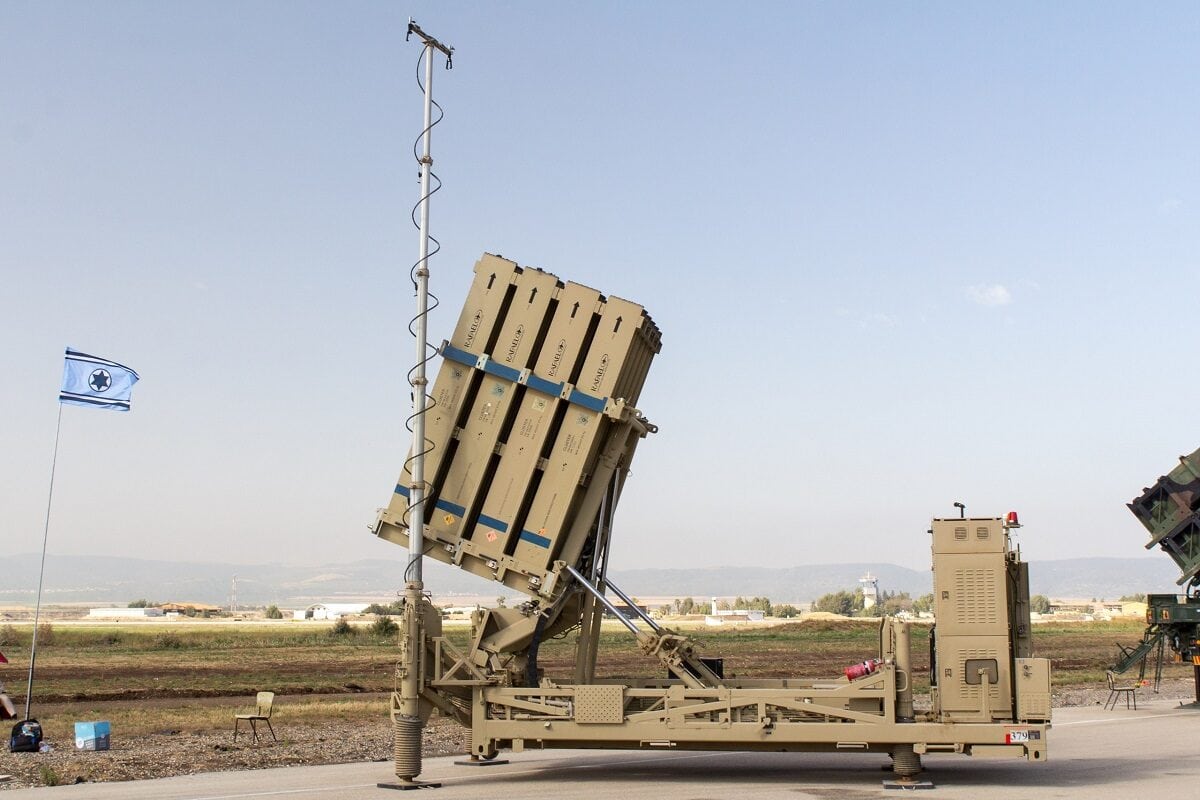
Iron Dome launcher at the Israeli Air Force exhibition at Ramat David AFB on Israel’s 69th Independence Day.
Were Israel to end its restrictions on arms exports to Ukraine, that could prove a bigger blow to Russia’s war than the benefit it gains from Iranian weapons. Israel exports abundant advanced weapons like the long-range Spike anti-tank missile and Iron Dome system, as well as many upgrade kits for older Soviet weapons used by Ukraine, including the Su-25 Frogfoot and the T-72 tank.
Sébastien Roblin writes on the technical, historical and political aspects of international security and conflict for publications including The National Interest, NBC News, Forbes.com, War is Boring and 19FortyFive, where he is Defense-in-Depth editor. He holds a Master’s degree from Georgetown University and served with the Peace Corps in China. You can follow his articles on Twitter.

